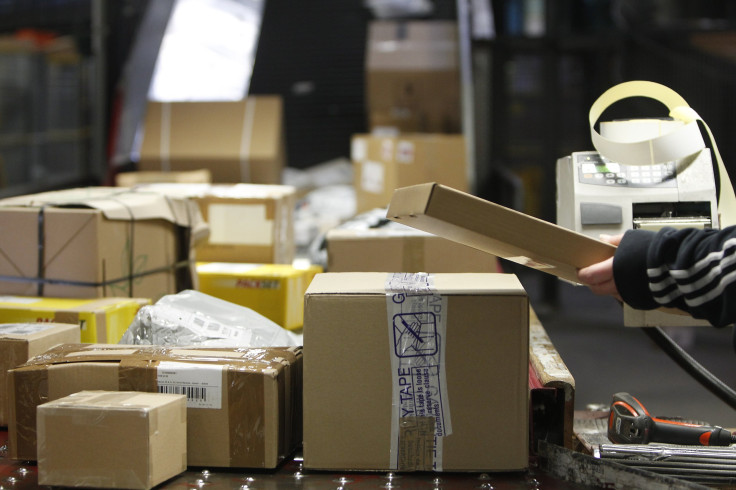Future Of Retail: The High Street Can Withstand The Online Shopping Onslaught

A couple of months ago, I was debating the longevity of the high street with an e-commerce director at a luxury furniture retailer. Citing the closing down sales in my local House of Fraser, I suggested it was just the beginning of an industry-wide revolution. His response surprised me.
“It’s hardly news that the world of bricks-and-mortar retailing is threatened,” he said. “The question is, is there enough growth in retail as a whole to enable bricks-and-mortar retailing to grow as well?”
With traditional e-commerce departments competing with those at digital native companies like Amazon, we’re seeing this attitude rise to prominence in retailers. Forecasters have prophesied the death of the high street for several years now, and retailers are responding with the mantra: “the high street is not dead; it just needs reinventing”.
However, attitudes seem to be at odds with the stats. More people than ever are buying online, with an estimated 1.8 billion people having purchased goods digitally in 2018 alone. With global e-retail sales projected to reach $4.8 trillion by 2021, the growth of e-commerce looks like it could be exponential.
Just as newspapers faced digitization in the late 90s, retailers could be facing a similar shift: falling income, fixed prices and the wrong skills. As a partner from Andreesen Horowitz notes, “When internet reading or buying was at 5 percent it felt as though that might be an additive to newspapers or retailers. At 10 or 20 percent, it becomes an existential problem.” That existential problem for retail is the same question being asked of the physical store.
In the context of huge digital growth, where does traditional in-store retail fit in? Members of the retail sector are now asking themselves that exact question. In new research by Nimbus Ninety , only 50 percent of them considered a physical location to still be a method of customer access by 2022; replacing it were websites, mobile apps, chatbots, voice assistants and even augmented reality (AR). Digital clearly holds the promise of transforming customer interaction, even beyond e-commerce.
The process of knitting physical and digital experiences together to create the optimal experience is one now being heavily explored by retailers as a result. For example, AR is a promising area which can act as a digital filter for physical reality. The ability to project an AR sofa into your living room, for example, adds another dimension to the retail experience: the buyer can see what that precise item looks like in their own room – rather than on the expansive shop floor where things always seems smaller than they are.
It’s a technology that is being taken up across the retail industry. Breakthroughs in image-based machine learning software may also lead to products which can project clothes onto photos of prospective buyers. Global brands like L’Oreal and Sephora are already experimenting with projecting make-up onto users’ faces, in a digital try-before-you-buy initiative.
But the disruption of physical stretches beyond retail and into every industry there is. The financial services are responding particularly strongly to the question of customer access, with 80 percent of them citing mobile as the most common method of access by 2022, as found in the Nimbus Ninety report. In every industry, a movement online is shaping how commercial products are accessed by and distributed to users. This in turn has a huge effect on customers encountering the product in the first place.
Returning to my conversation with the furniture e-commerce retailer, he gave me another gem of insight that encapsulated the nature of encountering the product. He argued that serendipity is an aspect of in-store experiences that simply cannot be recreated online. Online shopping consists of searching for the type of item you want and scrolling through the results until you find it. On the other hand, walking into a bookshop means a certain book cover can catch your eye. A consumer’s encounter with a product retains the random discovery of serendipity in-store: a pointed contrast to the algorithms of the digital marketplace that automatically massage product discovery into an individual user’s feed.
The conversation around the death of physical is huge, deeply nuanced and wide-ranging. Now, the extent to which it impacts retailer decision making is also coming to light, as we delve deeper into the digital trends of tomorrow. Creating space for an industry-wide discussion is more important than ever if leaders are to eradicate uncertainty and find answers to the growing questions over the future of physical retail.
“Physical” is gradually taking on new meaning as the terms around it shift and undulate. What does it mean to inject augmented reality into the consumer experience? Where can costs be cut on obsolete, outdated methods of customer access? What is the future of the high street? It’s a conversation that is, only now, truly beginning.
Emma Taylor is the founder of and managing director at Nimbus Ninety.
© Copyright IBTimes 2024. All rights reserved.





















